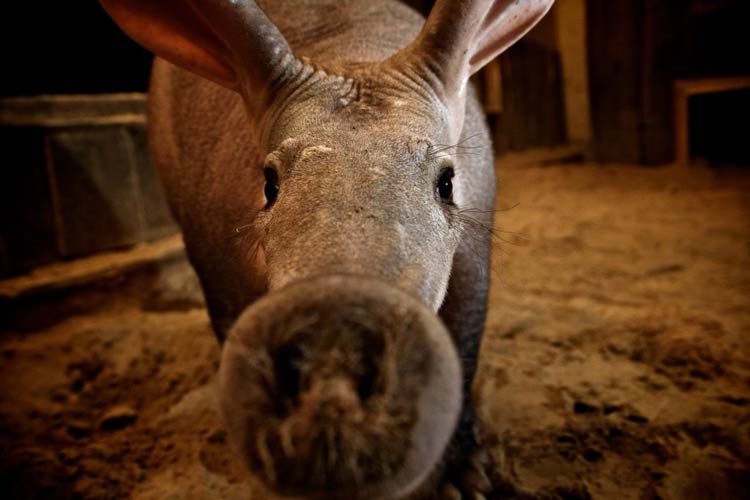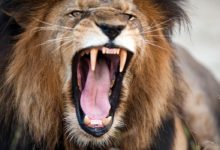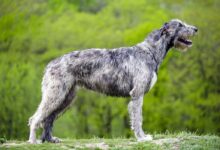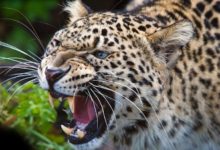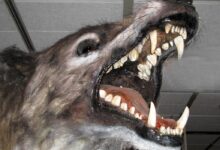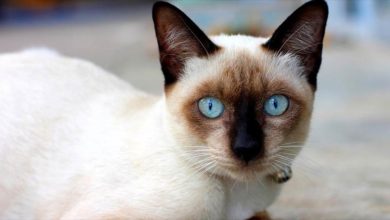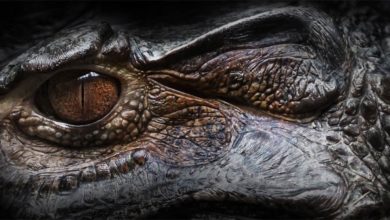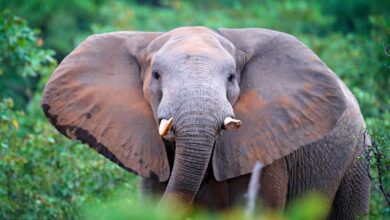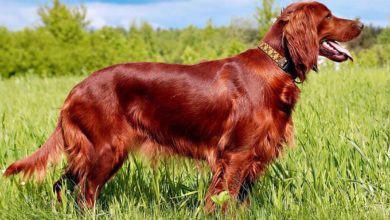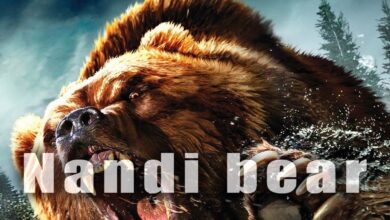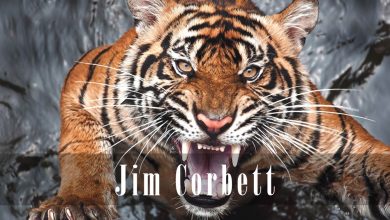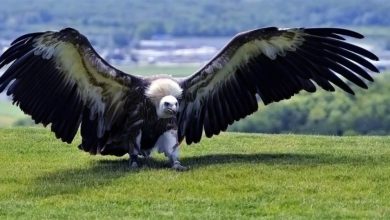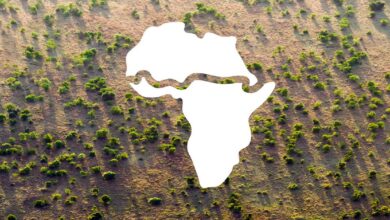The aardvark (Orycteropus afer)
Have you ever heard of a creature with a nose like a pig, ears like a rabbit, and a tongue as long as its body? Meet the aardvark, a fascinating mammal native to Africa. Despite its unusual appearance, the aardvark is a master of survival, with a unique set of adaptations that allow it to thrive in some of the harshest environments on earth. From its impressive digging abilities to its insatiable appetite for termites, the aardvark is a truly remarkable creature that deserves our attention and admiration. Join me as we explore the world of the aardvark and uncover the secrets of this mysterious and intriguing animal.
The aardvark, also known by its scientific name Orycteropus afer, is a fascinating mammal that’s native to Africa. It’s a sturdy animal with a weight that typically falls between 60 and 80 kilograms (132 to 176 pounds), and it measures between 105 and 130 centimeters (41 to 51 inches) in length. When its tail, which can be up to 70 centimeters (28 inches) long, is taken into account, the aardvark can reach a length of up to 2.2 meters (7.2 feet). The aardvark stands at around 60 centimeters (24 inches) tall at the shoulder and has a girth of approximately 100 centimeters (39 inches).
One of the most striking features of the aardvark is its long, thin, snakelike, protruding tongue, which can be as much as 30 centimeters (12 inches) long. The aardvark uses this remarkable tongue to scoop up a vast number of insects from the hard crust of a termite or ant mound. In fact, as many as 50,000 insects have been recorded in a single night.

The aardvark’s long, sticky tongue is supported by an intricate system of structures that gives the animal an incredibly keen sense of smell. Its disproportionately long ears, which can be about 20 to 25 centimeters (7.9 to 9.8 inches) long, are also incredibly effective at picking up sounds from the environment.
When the aardvark needs to dig, it uses its powerful front legs to burrow into the ground, while keeping its long ears upright to listen for potential predators. The aardvark’s claws are exceptionally strong and enable it to dig through even the hardest crusts of a termite or ant mound with great ease. The eyes of the aardvark are relatively small for its head and consist only of rod cells, which allow the animal to see in low-light conditions.
Aardvarks are solitary animals that only pair up during the breeding season. After a gestation period of around seven months, the female gives birth to a single cub that weighs approximately 1.7 to 1.9 kilograms (3.7 to 4.2 pounds) during the months of May to July. The aardvark has seventeen poorly defined subspecies, each with its own unique characteristics and distribution throughout Africa.
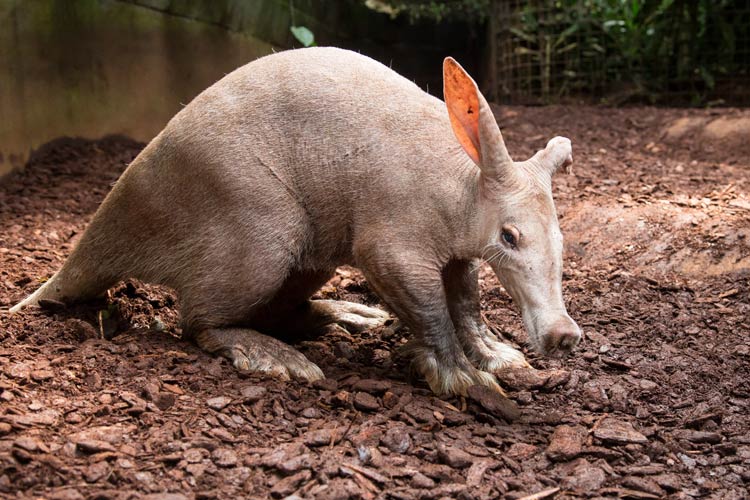
Taxonomy
The aardvark (Orycteropus afer) belongs to the kingdom Animalia, phylum Chordata, class Mammalia, order Tubulidentata, and family Orycteropodidae. The Tubulidentata order contains only one living family (Orycteropodidae) and one living species (Orycteropus afer), making the aardvark a unique and fascinating mammal with a long evolutionary history. The aardvark has seventeen poorly defined subspecies, each with its own unique characteristics and distribution throughout Africa.
Scientific classification
- Kingdom: Animalia
- Phylum: Chordata
- Class: Mammalia
- Order: Tubulidentata
- Family: Orycteropodidae
- Genus: Orycteropus
- Species: Orycteropus afer
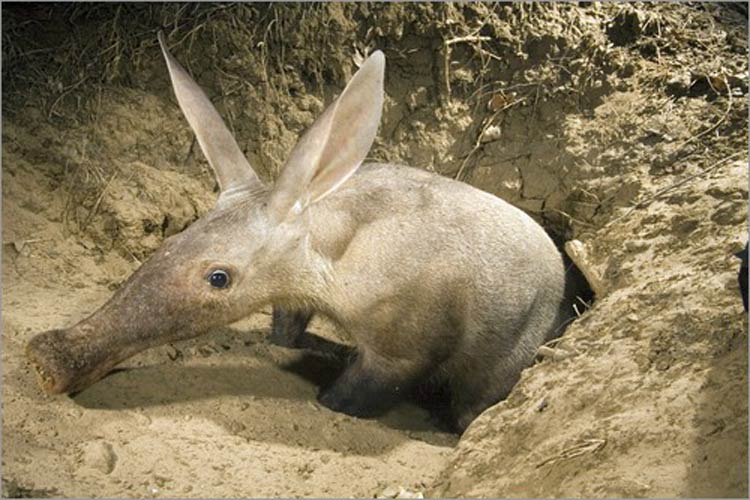
Evolutionary history
The evolutionary history of aardvarks can be traced back to the early Tertiary period, around 55 million years ago, when their ancestors first appeared. Fossil evidence suggests that aardvarks were once much more diverse, with several different species living in different habitats.
Today, the aardvark is the only surviving member of the family Orycteropodidae and the order Tubulidentata, which means “tube-toothed.” Aardvarks have a unique dental structure that is unlike that of any other mammal. Their teeth lack enamel and are instead composed of a series of thin, parallel tubes of dentine, which wear down and are continuously replaced throughout their lives.
The aardvark’s closest living relatives are thought to be the elephant shrews, Tenrecidae, golden moles and elephants, hyraxes, and manatees, although their evolutionary relationships are still a matter of scientific debate. Despite their unique features, aardvarks have adapted well to their environment and have remained relatively unchanged for millions of years.
Aardvarks are also believed to have played an important role in shaping African ecosystems through their burrowing activities, which provide shelter for other animals and help to aerate and fertilize the soil. Understanding the evolutionary history of aardvarks is therefore important not only for understanding their own biology but also for understanding the ecological history of the African continent.
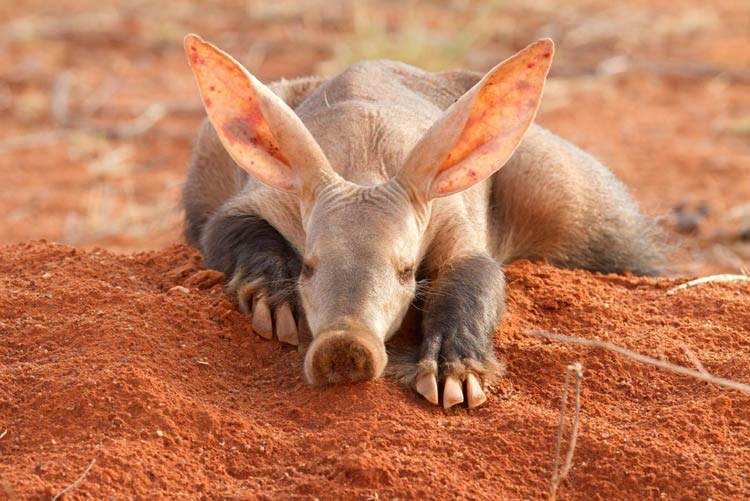
Basic Facts About The aardvark
- Habitat: Savannas, grasslands, and woodlands of sub-Saharan Africa
- Diet: Mainly ants and termites, occasionally other insects and small vertebrates
- Size: Typically between 60 and 80 kilograms in weight, and 105 to 130 centimeters in length (not including the tail). The tail can add an additional 70 centimeters in length.
- Lifespan: Up to 23 years in captivity, but likely shorter in the wild.
- Behavior: Nocturnal and solitary animals that spend most of their time underground in burrows. They are excellent diggers and use their powerful front legs and long claws to excavate tunnels and feed on insects.
- Reproduction: Females give birth to a single offspring after a gestation period of around 7 months. The offspring weigh around 1.7-1.9 kilograms at birth and are weaned after 6 months. Aardvarks reach sexual maturity at around 2-3 years of age.
Distribution and habitat
Aardvarks are native to Africa and are found throughout most of the continent, south of the Sahara desert. They inhabit a wide range of habitats including savannas, grasslands, woodlands, and bushland, but they are primarily found in areas with sandy soils where they can easily dig burrows to hide during the day. They are also known to inhabit areas with rocky outcrops and in some areas, they can be found in agricultural lands. Aardvarks are generally solitary and nocturnal, which means they are active at night and rest in their burrows during the day.
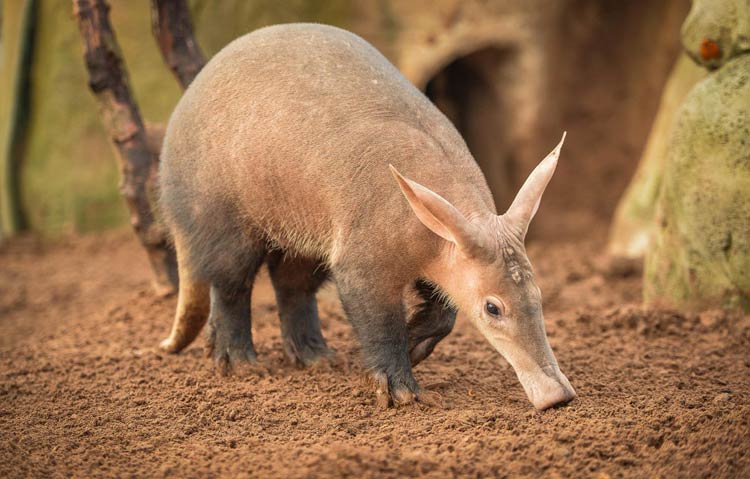
Characteristics
Appearance and size
Aardvarks have a distinctive appearance that sets them apart from other animals. They have a long snout and pointed ears that are very effective at picking up sounds. Their eyes are small for their head and consist only of rod cells, which means they have poor vision but excellent night vision. They have a heavy, stocky body with short legs and long claws that are well-adapted for digging. Their fur is short and coarse, and it is typically brown or gray in color.
Aardvarks are between 105 and 130 centimeters (3.4 to 4.3 feet) in length, and they can weigh between 60 and 80 kilograms (132 to 176 pounds). They are about 60 centimeters (2 feet) tall at the shoulder and have a girth of about 100 centimeters (3.3 feet). Aardvarks have a long, thin, snakelike, protruding tongue that can be as much as 30 centimeters (12 inches) long. They also have elaborate structures supporting a keen sense of smell that they use to locate their prey.
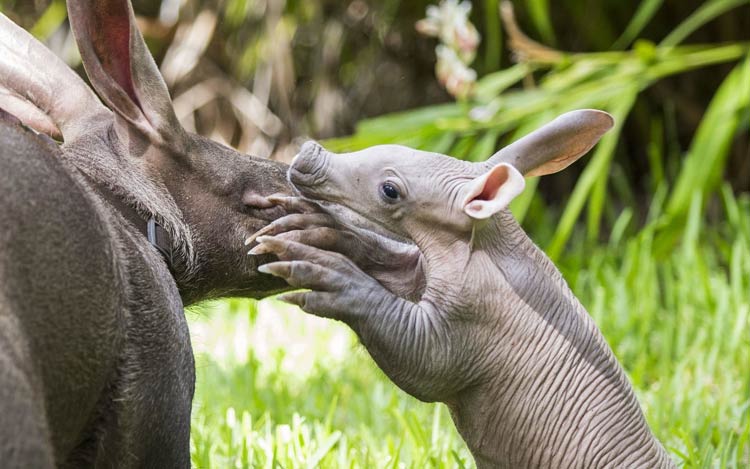
Behavior, Lifestyle and Ecology
Aardvarks are primarily nocturnal and solitary animals, which means they are most active at night and prefer to live alone. During the day, they retreat to their burrows, which they excavate using their powerful legs and long claws. Their burrows are typically 2 to 3 meters (6.5 to 10 feet) deep and have multiple entrances. Aardvarks use their burrows for resting, thermoregulation, and protection from predators.
Aardvarks are insectivorous, and their diet consists primarily of ants and termites. They use their keen sense of smell to locate the insects and their long, sticky tongue to capture them. Aardvarks are capable of eating up to 50,000 insects in one night. They also feed on some fruits and other plant materials occasionally.
Aardvarks are important to their ecosystems because they help to control termite and ant populations. They also serve as prey for large carnivores such as lions, hyenas, and leopards. Aardvarks have few natural predators because of their thick skin, sharp claws, and ability to quickly retreat into their burrows.
Aardvarks are not social animals, but they do pair up during the breeding season, which typically occurs from May to July. After a gestation period of seven months, one cub is born. The cub stays with the mother for about six months before becoming independent.
Aardvarks are not considered endangered, but their populations are declining due to habitat loss and fragmentation, hunting, and poaching. They are listed as a species of “Least Concern” by the International Union for Conservation of Nature (IUCN). Conservation efforts are focused on protecting their habitat and reducing human-wildlife conflict.
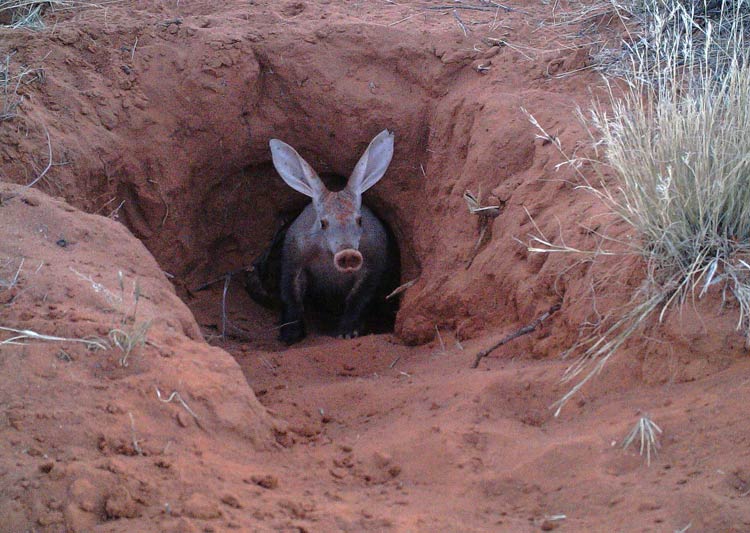
Diet
Aardvarks are insectivores, which means they primarily feed on ants and termites. They have a keen sense of smell that allows them to detect ant and termite colonies underground. Once they locate a colony, they use their powerful legs and sharp claws to dig into the ground and access the insects. Aardvarks have a long, sticky tongue that they use to capture insects.
In addition to ants and termites, aardvarks may also eat other small invertebrates such as beetles and grubs. On rare occasions, they may eat some plant material, including fruits and tubers. However, their diet is mainly composed of insects, and they are highly specialized to feed on them. Aardvarks can consume up to 50,000 ants and termites in a single night. Their insectivorous diet makes them important contributors to the control of termite and ant populations in their ecosystems.
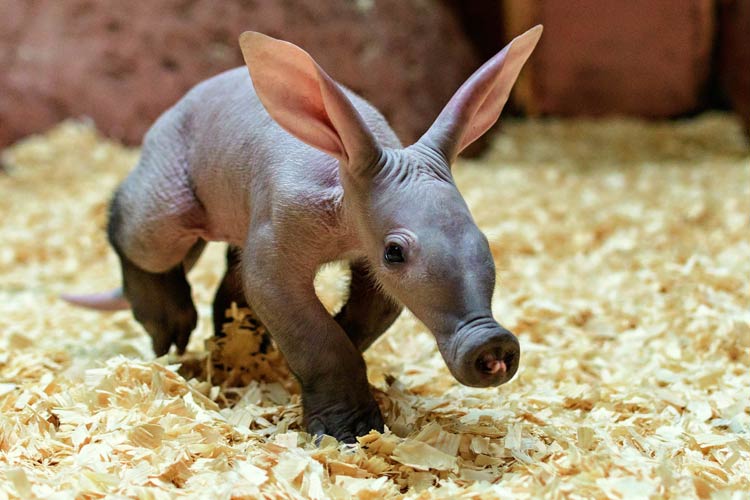
Reproduction and parenting
Aardvarks have a relatively low reproductive rate, and they typically only give birth to one offspring per year. Breeding usually occurs from May through July, and the gestation period is around seven months.
Aardvark mothers give birth to a single cub, which weighs around 1.7-1.9 kilograms (3.7 to 4.2 pounds) at birth. The mother provides all of the care for the cub, and the young aardvark will remain with her for about six months before becoming independent. During this time, the mother will nurse and protect the cub, as well as teach it important skills like digging and foraging.
Once the cub becomes independent, it will start to dig its own burrow and forage for its own food. Aardvarks reach sexual maturity at around two years of age, and they can live up to 23 years in the wild. However, they face several threats, including habitat loss, hunting, and roadkill, which can reduce their lifespan.
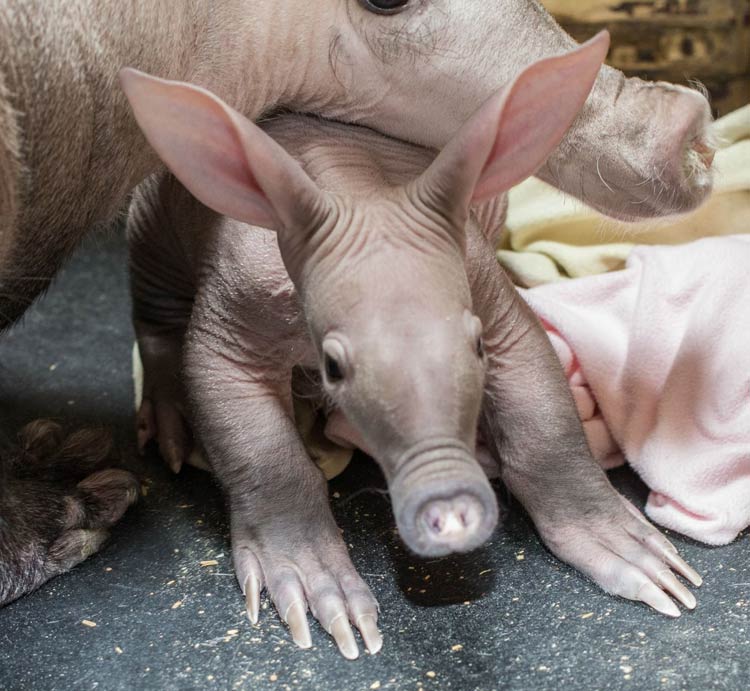
Predators and Threats
Aardvarks face a number of threats in the wild, including habitat loss and fragmentation due to agriculture, mining, and human settlement. They are also hunted for their meat and skins in some areas.
In addition to human-related threats, aardvarks are preyed upon by several large carnivores. Lions, hyenas, leopards, and African wild dogs are all known to hunt aardvarks. Aardvarks use their powerful claws to dig burrows, which they use for shelter during the day, and to escape predators. They are also able to run quickly and can use their long, sticky tongue to capture insects while keeping their head safely inside the burrow.
Despite these defenses, aardvarks are still vulnerable to predation. In areas where human activity has reduced their natural habitat, aardvarks may be forced to forage in more exposed areas, making them easier targets for predators. Climate change may also pose a threat to aardvarks by altering the availability of their preferred food sources, such as ants and termites. Overall, conservation efforts to protect aardvark habitats and reduce hunting are important to ensure the survival of these unique animals.
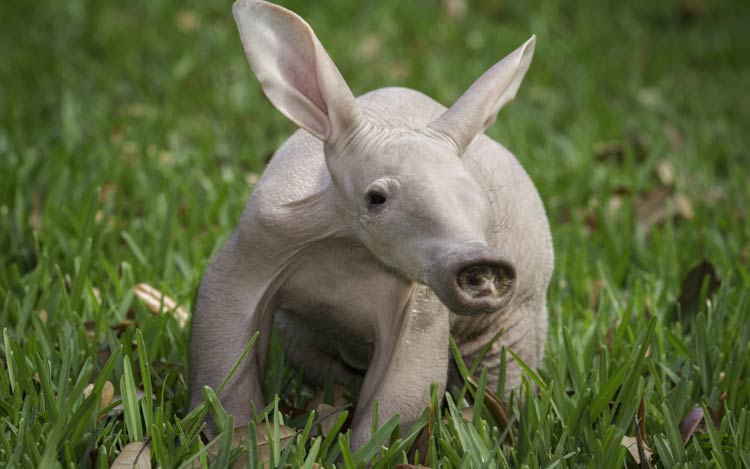
Interactions with humans
Aardvarks have long been hunted for their meat, skin, and bones, and are considered a delicacy in some parts of Africa. In some areas, aardvark fat is used for medicinal purposes. However, the greatest threat to aardvarks today comes from habitat loss due to human activities such as agriculture and urbanization.
Aardvarks can also be a nuisance to farmers, as they may dig up crops and destroy fences in search of food. In some areas, they are killed as pests, which has contributed to their decline in certain regions.
Aardvarks are also sometimes kept in captivity in zoos and wildlife parks for educational and conservation purposes. However, due to their specialized feeding habits and nocturnal nature, they can be difficult to maintain in captivity.
Overall, aardvarks have had a complex relationship with humans, with both positive and negative interactions. Conservation efforts are needed to protect aardvarks and their habitats, while also addressing conflicts with human activities.
Population
Reliable population estimates for aardvarks are difficult to obtain due to their nocturnal and secretive habits. However, it is believed that aardvark populations are declining in many parts of their range, primarily due to habitat loss and hunting. The International Union for Conservation of Nature (IUCN) currently lists the aardvark as a species of “Least Concern” on their Red List of Threatened Species, but notes that populations are declining in many areas and that more research is needed to fully assess the species’ conservation status. Conservation efforts are needed to protect aardvark populations and their habitats, while also addressing conflicts with human activities.
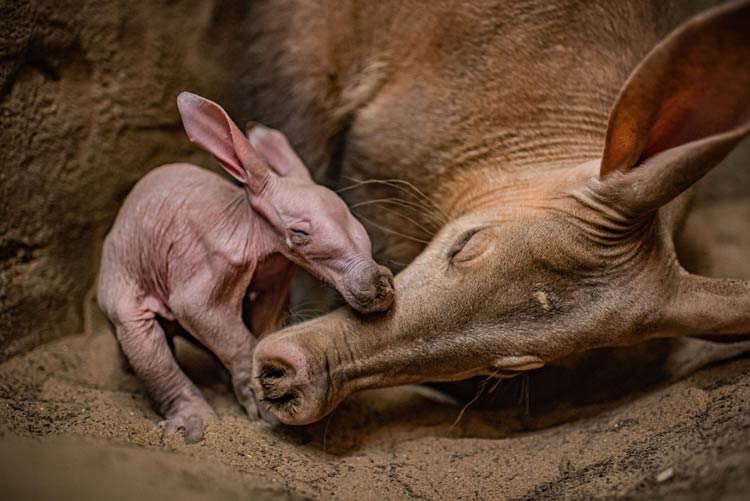
Status and conservation
The aardvark is currently listed as a species of “Least Concern” by the International Union for Conservation of Nature (IUCN) on their Red List of Threatened Species. However, population numbers are believed to be declining in many parts of the species’ range due to habitat loss, hunting, and other threats. In some regions, aardvarks are hunted for their meat, while in others they are killed due to their perceived role as a pest or threat to crops.
Conservation efforts are needed to protect aardvark populations and their habitats. This can include the establishment of protected areas, the implementation of sustainable land-use practices, and the development of education and outreach programs to promote awareness and understanding of the species. Additionally, efforts are needed to address conflicts between aardvarks and human activities, such as agriculture and development.
More research is needed to fully understand the conservation status of the aardvark and the threats facing the species. Improved monitoring and survey methods, as well as increased collaboration between scientists, conservation organizations, and local communities, will be critical for the long-term conservation of this unique and important species.
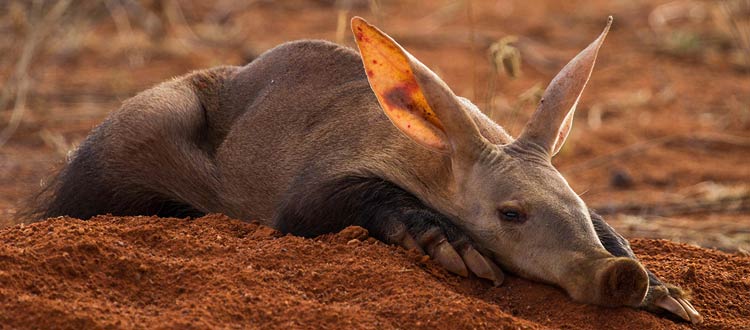
The aardvark in numbers / dimensions
- Weight: typically between 60 and 80 kilograms (132 to 176 pounds)
- Length: usually between 105 and 130 centimeters (3.4 to 4.3 feet), and up to 2.2 meters (7.2 feet) when the tail (up to 70 centimeters or 2.3 feet) is taken into account.
- Height at the shoulder: about 60 centimeters (2 feet)
- Girth: about 100 centimeters (3.3 feet)
- Tongue length: up to 30 centimeters (12 inches)
- Ear length: about 20-25 centimeters (8-10 inches) long.

The aardvark in culture
The aardvark has been featured in various cultures around the world, often as a symbol of unique or unusual animals.
In some African cultures, the aardvark is considered a powerful animal associated with magic and spiritual powers. It is sometimes believed to possess the ability to predict the future or communicate with the spirit world. In some traditional African healing practices, aardvark body parts are used to create medicines or potions with perceived healing properties.
The aardvark has also been featured in popular culture, particularly in children’s books and cartoons. Perhaps the most well-known aardvark in popular culture is “Arthur,” the titular character of the children’s book series and animated TV show of the same name. Other examples of aardvark characters in popular media include Aardvark from the comic book series “Cerebus,” and Earthworm Jim’s sidekick, Snot.
The aardvark has also appeared in scientific research and literature, particularly in studies of its unique anatomy and ecological role. Its unusual appearance and habits make it a fascinating subject for researchers in a variety of fields.
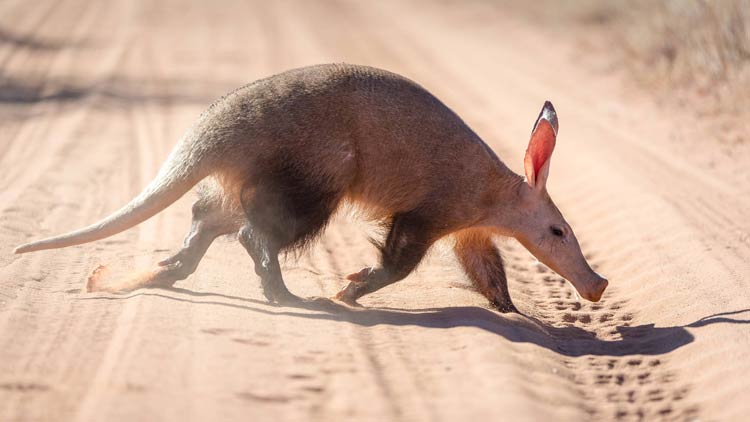
The aardvark in movies
While the aardvark has not been as prevalent in movies as some other animals, it has appeared in a few notable films over the years.
- In the 1967 movie “Doctor Dolittle,” a musical comedy film about a veterinarian who can talk to animals, the aardvark appears as one of the animals that the titular character helps.
- More recently, in the 2019 movie “The Lion King,” the character Pumbaa, a warthog who befriends Simba, is sometimes mistakenly referred to as an aardvark by some viewers due to his similar appearance. While Pumbaa is not actually an aardvark, the two animals do share some similarities, such as their burrowing habits and their diet of insects.
In addition to these specific examples, the aardvark has likely made appearances in a variety of nature documentaries and educational films over the years.
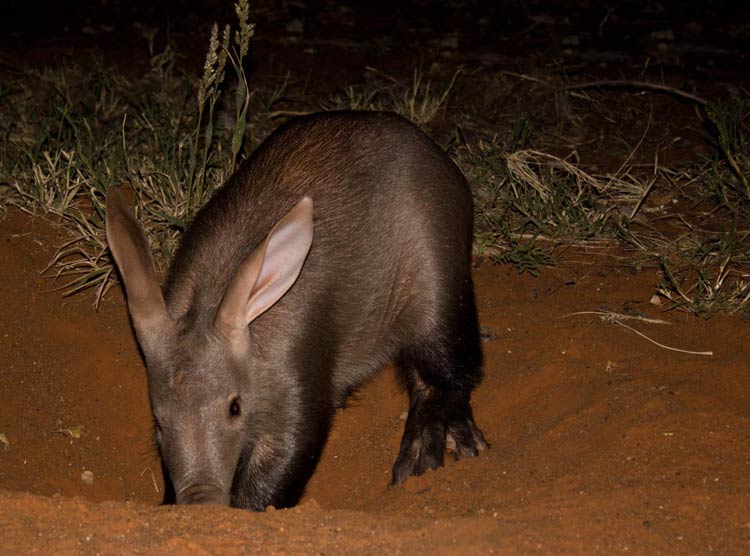
Interesting facts about the aardvark
- Despite being called an “aardvark,” which means “earth pig” in Afrikaans, the aardvark is not a pig at all. In fact, it is not closely related to any other animal.
- The aardvark is the only living species in its order, which means that it is a unique and unusual animal.
- Aardvarks have very long, sticky tongues that they use to capture insects. Their tongues can be up to 30 centimeters long and can catch as many as 50,000 insects in a single night.
- Aardvarks are excellent diggers and can dig through hard soil and termite mounds with ease. They use their powerful front legs and long claws to excavate their burrows and search for food.
- Aardvarks have a very low body temperature compared to other mammals, which helps them conserve energy.
- Aardvarks have a keen sense of smell, but they have poor eyesight. They rely on their sense of smell and hearing to locate their food and avoid predators.
- Aardvarks are solitary animals and only come together to mate. They give birth to a single offspring after a gestation period of seven months.
- Aardvarks are considered a keystone species in many African ecosystems, as their burrows provide shelter for a variety of other animals, including snakes, warthogs, and hyenas.
- Aardvarks have been known to live up to 23 years in captivity, but their lifespan in the wild is likely shorter.
- In some African cultures, the aardvark is considered a symbol of good luck or protection.
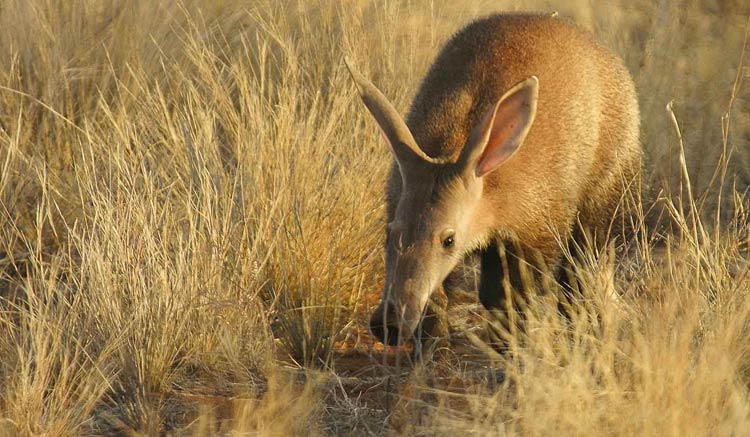
Q&A (questions and answers) about the aardvark
Q: What is an aardvark?
A: The aardvark (Orycteropus afer) is a nocturnal, burrowing mammal native to Africa.
Q: What does the name “aardvark” mean?
A: The name “aardvark” comes from the Afrikaans language and means “earth pig” or “ground pig”.
Q: What is the size of an aardvark?
A: An aardvark’s weight is typically between 60 and 80 kilograms (132-176 lbs), and its length is usually between 105 and 130 centimeters (41-51 in). However, it can reach lengths of 2.2 meters (7.2 ft) when its tail is taken into account.
Q: What does an aardvark eat?
A: An aardvark mainly eats ants and termites.
Q: What is an aardvark’s tongue like?
A: An aardvark has a long, thin, snakelike, protruding tongue (as much as 30 centimeters long) that is covered in sticky saliva, allowing it to capture ants and termites.
Q: How many subspecies of aardvark are there?
A: There are seventeen poorly defined subspecies of aardvark.
Q: How do aardvarks protect themselves from predators?
A: Aardvarks have tough skin and can use their sharp claws to defend themselves. They also have keen senses of hearing and smell to detect predators.
Q: What is the gestation period of an aardvark?
A: The gestation period of an aardvark is seven months.
Q: How many cubs does an aardvark have at a time?
A: An aardvark usually gives birth to one cub at a time.
Q: What is the conservation status of the aardvark?
A: The aardvark is listed as “Least Concern” by the International Union for Conservation of Nature (IUCN), but its population is declining due to habitat loss, poaching, and climate change.
